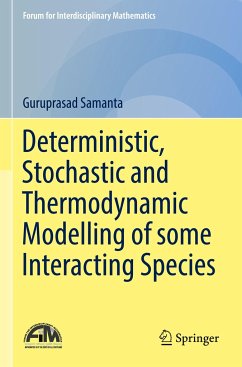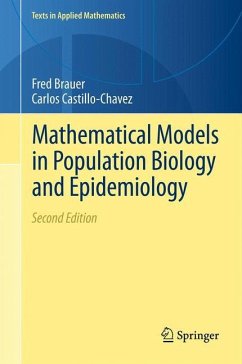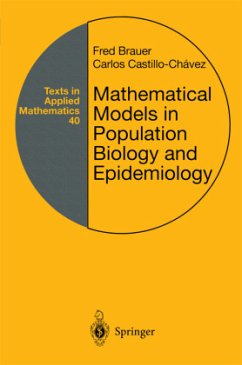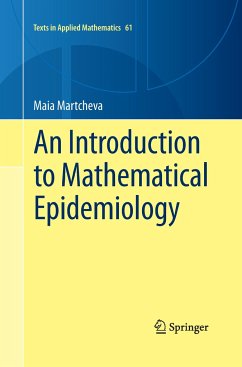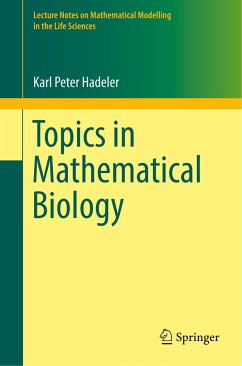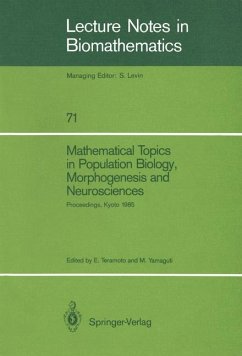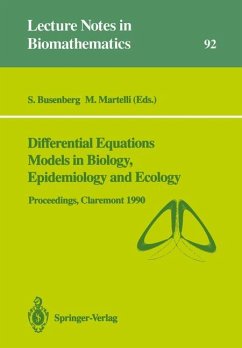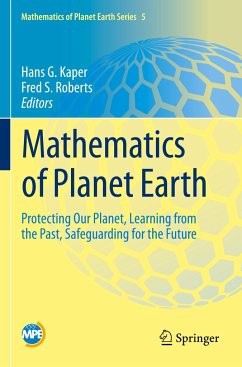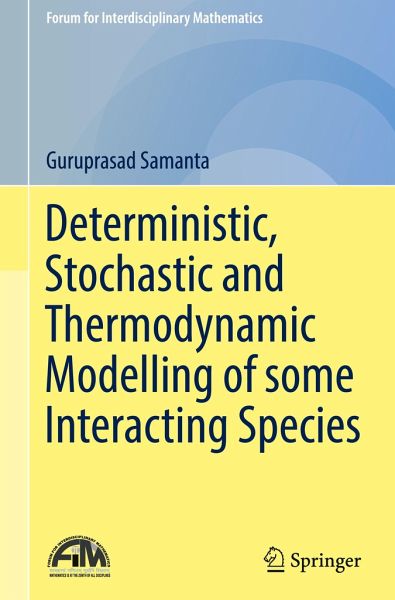
Deterministic, Stochastic and Thermodynamic Modelling of some Interacting Species
Versandkostenfrei!
Versandfertig in 6-10 Tagen
76,99 €
inkl. MwSt.
Weitere Ausgaben:

PAYBACK Punkte
38 °P sammeln!
This book presents the understanding of how the different forms of regulatory mechanisms, like birth and death, competition, consumption and the like, result in changes in the stability and dynamics of ecological systems. It deals with a profound and unique insight into the mathematical richness of basic ecological models. Organised into eight chapters, the book discusses the models of mathematical ecology, the dynamical models of single-species system in a polluted environment, the dynamical behaviour of different nonautonomous two species systems in a polluted environment, the influence of e...
This book presents the understanding of how the different forms of regulatory mechanisms, like birth and death, competition, consumption and the like, result in changes in the stability and dynamics of ecological systems. It deals with a profound and unique insight into the mathematical richness of basic ecological models. Organised into eight chapters, the book discusses the models of mathematical ecology, the dynamical models of single-species system in a polluted environment, the dynamical behaviour of different nonautonomous two species systems in a polluted environment, the influence of environmental noise in Gompertzian and logistic growth models, stability behaviour in randomly fluctuating versus deterministic environments of two interacting species, stochastic analysis of a demographic model of urbanization and stability behaviour of a social group by means of loop analysis, thermodynamic criteria of stability and stochastic criteria of stability. The book will be useful tothe researchers and graduate students who wish to pursue research in mathematical ecology.



